Anatomy For Children
Musculoskeletal System Lesson for Kids
See more anatomy systems at the bottom of this page.
The MatchCard Science Human Anatomy for children presents each organ system on a MatchCard. The lesson on the musculoskeletal system compares the biceps and triceps muscles. It also identifies the four types of joints in the human skeleton.
Free Download Below
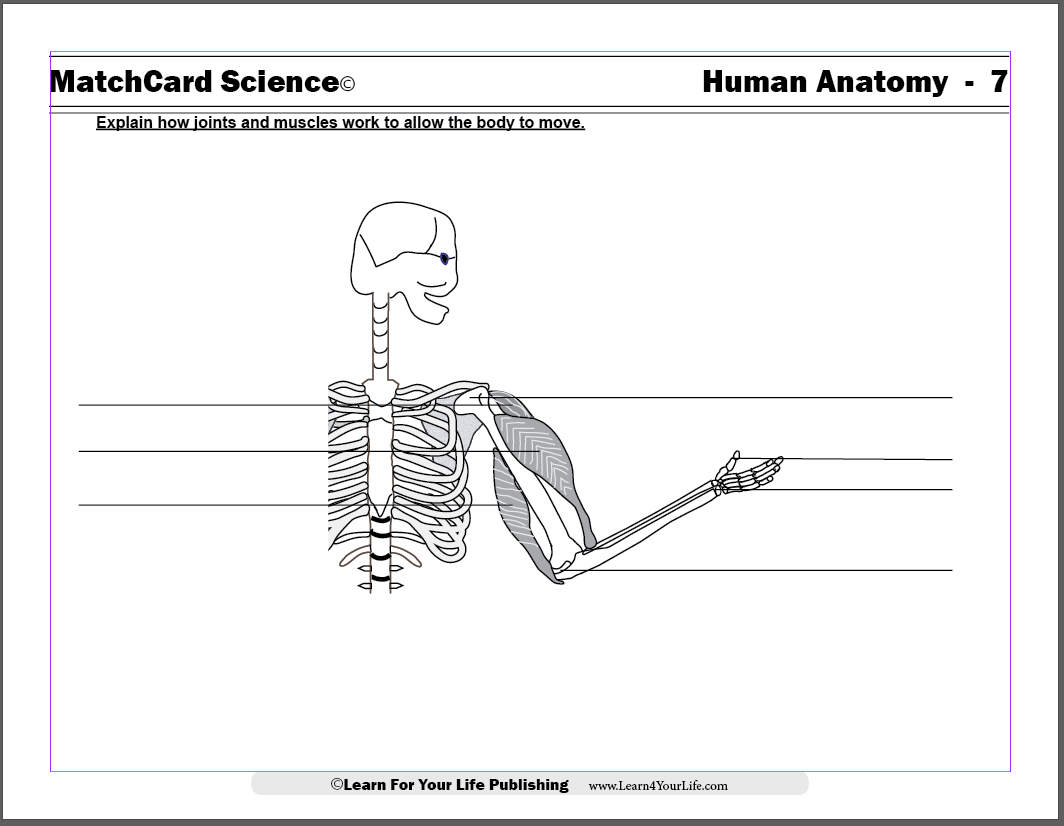
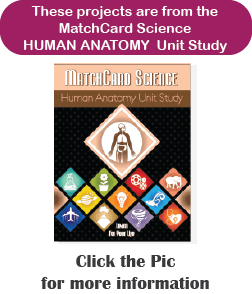
Musculoskeletal Anatomy for Children
Objective: Explain how muscles and joints work together to allow the body to move.MatchCard: Download below.
MatchCard Information Pieces list two muscles (biceps and triceps) and define their function. Information Pieces also define four types of joints (Ball and Socket; Sliding; Hinge; Hinge and Pivot), describe the motion, and list the number of directions of movement.
Download and Use the Musculoskeletal MatchCard
Human Anatomy for Children - Muscles and Joints
This is MatchCard #7 of the Human Anatomy Unit Study.Let's Get Up In Arms
For our study of the musculoskeletal system, we will be studying the four joints of the arms, as well as the two major muscles. Students are most familiar with the movement of their arms as these are the joints most often moved voluntarily.Use a plastic fashion doll with minimal arm movement (usually only two directions at the shoulders.) Play a simple game of catching a ball but restrict movement to two directions at the shoulder.
It's nice to have a fully functioning skeleton, isn't it? Students can review the major bones of the skeleton with the Skeleton MatchCard.
Four Types of Joints
This study of anatomy for children focuses on four different types of joints found in the human body. The arm and leg bones have similar joints.Hinge Joint
The finger joints are hinge joints. They move in two directions.Why are they called hinge joints?
Can you find any other joints in your anatomy that move in only two directions?
Hint: Knee joints
Hinge and Pivot Joint
Did anyone name the elbow as a hinge joint? The elbow actually is a hinge and pivot joint that moves in four directions.The elbow allows the lower arm to twist back and forth. Try these activities with the radius and ulna to understand how this joint allows our skeleton to function.
Ball and Socket Joint
The shoulder is a ball and socket joint that allows the arm to move in 6 directions. Can the students show you the six different directions:- Raise and lower your arm to the front and back
- Raise and lower your arm to the side and back
- Twist arm inward and outward
Can you find any other ball and socket joints in your anatomy? (Answer: hips and thumb)
Sliding Joint
The wrist joint is a sliding joint. The wrist is composed of many small bones which slide over each other.Muscles Move
Without muscles, our skeletons would never be able to move. The joints and muscles work together to enable us to function.In this lesson of anatomy for children, the focus is on the biceps and triceps muscles.
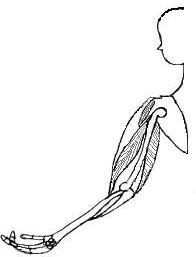
Biceps
When someone wants to impress others with their big, strong muscles, they often bend their arm and flex the biceps muscle. Let others feel how strong and firm the flexed biceps muscle is.What does the biceps muscle do? It allows a person to bend their arm.
Here is a way to demonstrate the biceps muscle at work. While someone is trying to bend their arm, hold their hand/arm firmly at the wrist and hand. Use your strength to try to prevent them from bending their arm. Be careful not to forcefully exert pressure which will bend the hand backwards.
While trying to bend their arm, the student will see the biceps muscle at work.
Triceps
The triceps muscle does the opposite of the biceps: it straightens the arm.Now have the student try to straighten his or her arm while you try to stop it. If they put their other hand on their triceps muscle, they will feel it bulge.
Muscles work in pairs to allow the skeleton to work.
Arm Wrestling
An arm wrestling match can demonstrate the biceps and triceps muscles at work.Human Anatomy For Children
Other MatchCards in anatomy for children include: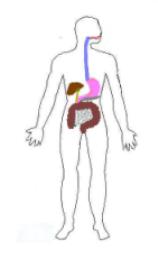
- Cells to Systems
- Digestive System.
- Teeth
- Respiratory System
- Circulation
- Skeleton
- Renal System
- Central Nervous System
- Human Eye.
- Human Ear
- Skin
- Endocrine and Reproductive
MatchCard Science
How To Use MatchCards

Download the FREE MatchCard Science Instructor's Guide and see how MatchCards can make building their science knowledge base fun.
Human Anatomy Unit Study
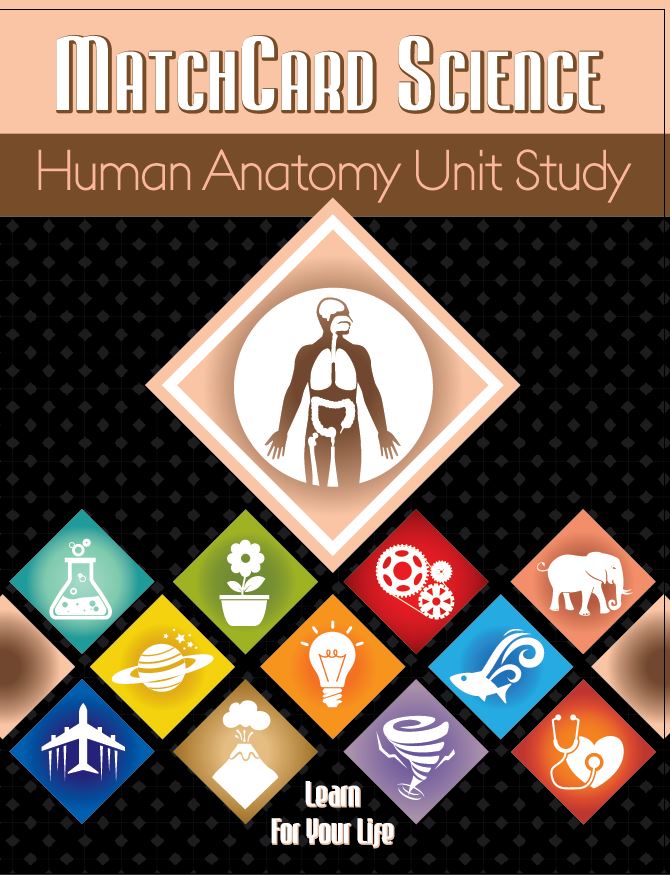
Download the entire Human Anatomy Unit Study
12 Science Unit Studies

Chemistry is only one of twelve complete unit studies for kids in 3rd to 8th grade.
Comprehensive objectives, hands-on projects, suggested science fair experiments, and the fun game-like MatchCards keep them interested in learning science. See all twelve MatchCard Science Unit Studies.
About Our Site
Hands-On Learning














